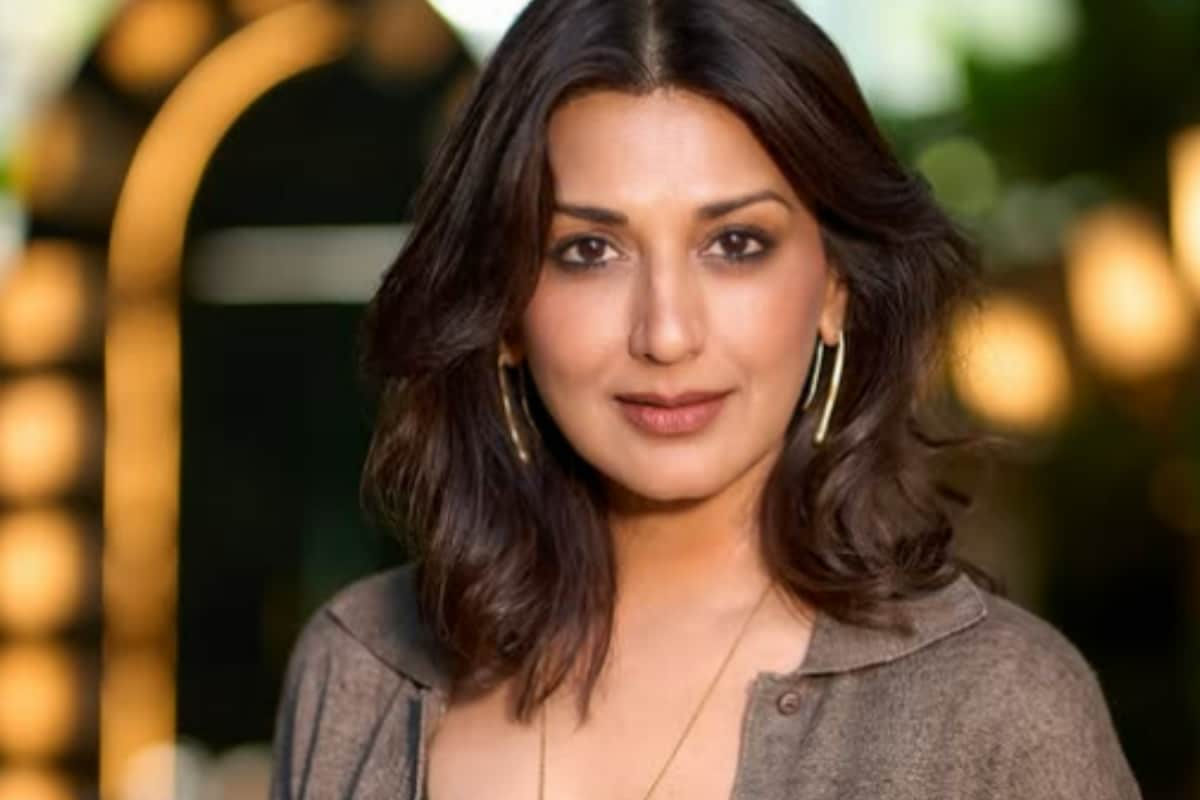

Sonali Bendre recently shared her experiences with the beauty standards of the Hindi film industry in the 1990s, revealing that she faced rejection for being "too skinny" and having straight hair. In an interview with Bollywood Bubble, the actress, known for her roles in films like "Hum Saath Saath Hain," discussed how her appearance did not align with the era's preference for curvier figures and voluminous curls.
Bendre recalled that when she entered the industry, the prevailing trend was all about women with "beautiful, bouncy curls". In contrast, she described herself as a "skinny, straight-haired, lanky girl," which Hindi films didn't quite know how to accommodate. She stated that the industry seemed to prefer a "slightly more curvaceous girl".
The actress also revealed that she attempted to conform to the beauty standards of the time by trying to curl her naturally straight hair. However, she found it difficult to maintain the curls due to the texture and amount of her hair. Eventually, she realized that embracing her natural appearance was her strongest asset. "It was just easier to leave it open and straight," she admitted. "That's who I was".
Despite not fitting the conventional mold, Bendre found success in Bollywood, starring in several hit films. She made her debut in 1994 with "Aag," opposite Govinda, but her career took off in 1996 with "English Babu Desi Mem" alongside Shah Rukh Khan, and "Diljale" with Ajay Devgn. She went on to star in films like "Sarfarosh," "Hamara Dil Aapke Paas Hai," and "Hum Saath Saath Hain". In addition to her Bollywood work, Bendre also carved a niche in Telugu cinema.
Bendre has been open about the body shaming she experienced during her early days in the industry. She revealed that numerous producers pressured her to gain weight to fit into the beauty standards of the 90s. She recalled producers commenting that she was "too thin" and urging her to "eat eat eat".
Despite these challenges, Bendre expressed gratitude for the love and appreciation she has received from audiences over the years. When asked if she considered herself the "IT girl" of the 90s, she responded that while others may have fit that description better, she always had her own distinct identity.
Sonali Bendre's experience highlights the pressures faced by actors to conform to specific beauty standards and the importance of embracing one's individuality. She emphasized the significance of feeling confident and beautiful in one's own body, regardless of societal expectations.